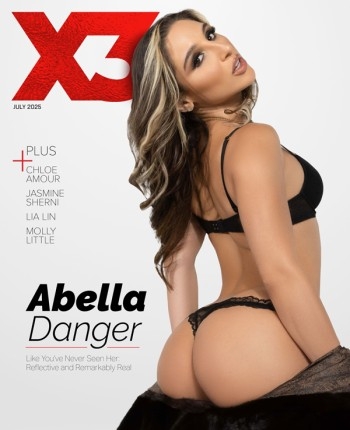Solidly constructed from a combination of alloy materials and impact-resistant plastic, reviewers have adjudged the Z1 to be so well constructed that there is not even any "creaking" of the body when it is handled. A prominent feature is the Carl Zeiss lens, a beautiful unit with an effective range of 4.5-54mm — approximately 32.5-390mm in the 35mm format. The camera/lens combo is also well known for its low-light performance.
Crucial features that make the Z1 a serious filmmaking tool include two balanced XLR inputs with phantom power, three true 16-by-9 CCD sensors, both PAL and NTSC recording and playback, 3.5-inch 16-by-9 LCD screen with an interchangeable color or black-and-white viewfinder, full manual control, SMTPE time code options, six picture profiles and three Cineframe settings.
Since its introduction in late 2004, reviewers and testers have called the image output of the camera everything from "brilliant" to "stunning." One writer opined that, when the Z1 is connected "directly to a 1080i capable set, [it] yields video that could rival Discovery HD footage. It's simply that good." Having manual control over just about every aspect of this camera's operation means operators can get creative and truly capture what their imaginations envision.
The built-in microphone is very sensitive, and not in the best way: It picks up everything from breathing to camera handling. However, excellent results are available by using the phantom- powered XLR inputs and good shotgun microphones, or by having a dedicated audio engineer use a boom-mounted mic.
In controlled environments where lighting and motion can be closely monitored, the Z1's Cineframe options provide a quality alternative to 24P. The camera also features adjustable gain, including a hypergain setting, but while these functions are usable, they also increase image noise. But when operators know this camera — and know what to do with it — output from the Z1 is detailed, well saturated and color accurate.
The Sony HVR-Z1 represents a major milestone in consumer and prosumer hi-def camcorders but falls just short of being solidly professional for some users due to its lack of interchangeable lenses. Still, the Z1's shortcomings are vastly outweighed by its price/performance ratio: For well under $5,000, a studio can start shooting in hi-def while capturing pro-level audio through XLR connectors.
The Z1 is a phenomenal camera for the price and provided the best bang for a studio's buck when it was released more than two years ago. It is a testament to Sony's quality construction and product planning that the Z1 still makes a big bang today.







